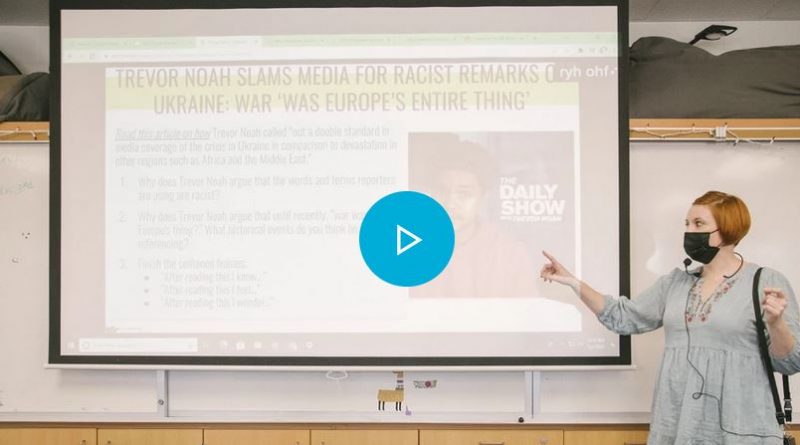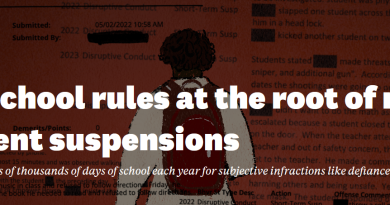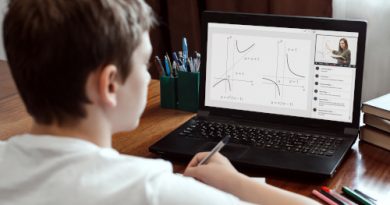Lessons From the War in Ukraine: A History Teacher Shares Her Approach
First, they came with questions. Would there be a draft? Was this going to become World War III? What would an invasion of Ukraine mean for the United States? Then, as more and more information came out on social media, Kathryn Greene’s students came in with videos, misinformation, and some conspiracy theories. At that point, having worked hard to answer their questions and address their fears, she decided to put together more structured lessons around what was happening, the historical context, and ways of navigating social media during this crisis.
Greene teaches AP and College Prep World History at Eleanor Roosevelt High School in Eastvale, Calif. The school is one of the largest comprehensive high schools in the state, serving more than 4,600 students. Greene works with 190 of them each week.
Her lessons, which she’s shared on Twitter with countless other teachers, have led to increased engagement from her class who are concerned by what they’re seeing online and looking for more support from teachers, she said.
In 15-20 minutes each day, they practice their media literacy skills, examining videos they’ve come across and stories they’ve seen and working to verify their authenticity, or lack thereof. This week, they focused on how the media has covered the refugee crisis, reviewing articles, podcasts, and videos as a class.
But Greene is also conscious of the stress and emotional toll the last two years of the pandemic have taken on students and has worked to give them a space to process their thoughts and feelings in these lessons as well.
She’s noticed they’ve been particularly pulled in by the stories on social media that pull at the heart strings. And were disappointed when they learned that an air strike video that had gone viral was actually footage from a video game. It’s been an eye-opening experience that’s increased their awareness of how easily content can be re-packaged to fit a different narrative, she said, and a rare opportunity to use real-life examples in her lessons on misinformation and media literacy.




